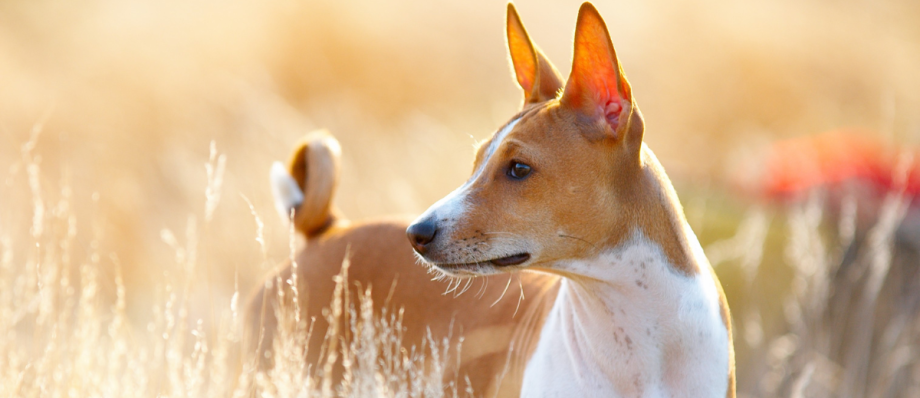Basenji Dog Breed – The Barkless Hound with Ancient Roots

Discover everything about Basenji dogs—history, personality, care tips, pros & cons, and why they’re known as the barkless breed.
Basenji dogs are one of the most unique and ancient dog breeds still in existence. Known as the “barkless dog,” this intelligent and independent breed originated in Central Africa and was used for hunting due to its keen eyesight, speed, and stealth.
📜 History and Origins
The Basenji has roots tracing back to ancient Egypt. Depictions of similar dogs appear on ancient artifacts and hieroglyphs, indicating their long-standing companionship with humans. Modern Basenjis were first brought to Europe in the 1930s and are now prized for their elegance, intelligence, and low-maintenance traits.
🧬 Breed Characteristics
| Trait | Description |
|---|---|
| Height | 16–17 inches |
| Weight | 22–24 pounds |
| Lifespan | 12–16 years |
| Group | Hound |
| Coat | Short, fine, and easy to groom |
| Colors | Red, black, tricolor, brindle (usually with white) |
| Temperament | Alert, curious, independent, affectionate (with family) |
🤫 Why Don’t Basenjis Bark?
Unlike most dog breeds, Basenjis don’t bark. Instead, they make a unique yodel-like sound called a “barroo,” caused by the shape of their larynx. While they are quiet, they are far from silent and will alert you with their voice when something catches their attention.
🧠 Intelligence and Behavior
Basenjis are highly intelligent but not always eager to please. They’re more cat-like in their behavior, often grooming themselves and preferring independence. This can make training more challenging for first-time dog owners.
They require mental stimulation, interactive toys, and a consistent routine. Without proper training and exercise, they may become destructive out of boredom.
🏃♂️ Exercise Needs
Although compact in size, Basenjis are very active. They need at least an hour of vigorous play, off-leash running (in a secure area), or structured walks each day. Due to their strong prey drive, they should never be off-leash in unsecured environments.
🏠 Living Environment
Basenjis adapt well to apartment life if exercised properly, but they thrive in homes with access to a yard. They are clean dogs, shed minimally, and rarely have a “dog odor,” making them ideal for owners who prefer tidy pets.
🧬 Health & Genetic Considerations
Basenjis are generally healthy but prone to a few genetic conditions:
Fanconi Syndrome – A kidney disorder (now testable)
Progressive Retinal Atrophy (PRA)
Hypothyroidism
Hip Dysplasia
Always choose a breeder who conducts genetic screening.
👨👩👧 Basenjis and Families
Basenjis are loyal to their families but aloof with strangers. They’re usually better with older children and require socialization with other pets, especially smaller animals, due to their hunting instincts.
✅ Pros and ❌ Cons of Basenji Dogs
✅ Pros:
Barkless (ideal for quiet households)
Very clean and low-shedding
Unique appearance and ancient heritage
Compact and travel-friendly
Intelligent and independent
❌ Cons:
Not beginner-friendly (training can be tricky)
Prone to separation anxiety
High exercise and stimulation needs
Strong prey drive – not good off-leash
Aloof with strangers
